Global Influenza Surveillance And Response System
Global influenza surveillance and response system. B response activities during the time of an influenza pandemic. Timely scientific information analysis and risk assessment. Reflections on The Global Influenza Surveillance and Response System GISRS at 65 Years.
Maintaining surveillance of influenza and monitoring SARS-CoV-2 adapting Global Influenza surveillance and Response System GISRS and sentinel systems during the COVID-19 pandemic. The network was established in 1952. Department of Defense DoD Global Emerging Infections Surveillance GEIS was established in 1997 following the release of Presidential Decision Directive National Science and Technology Council-7 which tasked DoD to improve infectious disease surveillance prevention and.
Maintaining surveillance of influenza and monitoring SARS-CoV-2. Infections by different influenza A subtypes it continues to represent a model plat-form for global collaboration and timely sharing of viruses reagents and information to forestall and respond to public health emergencies. And c PIP Secretariat for the management and.
Funds are allocated for. KEYWORDS GISRS global influenza surveillance and response system influenza surveillance WHO. The virological data entered into FluNet eg.
Influenza surveillance data the way you want it. Global influenza surveillance has been conducted through WHOs Global Influenza Surveillance and Response System GISRS since 1952. Adapting Global Influenza Surveillance and Response System GISRS and sentinel systems during the COVID-19 pandemic.
The Global Influenza Programme GIP is a program launched in 1947 by the World Health Organization with the purpose to provide member states with guidance support and coordination of activities in order to make their health systems better prepared against seasonal zoonotic and pandemic influenza threats to populations and individuals. Since then laboratories world-wide collaborate and monitor influenza viruses through GISRS. GISRS C O V I D 1 9 I N F L U E N Z A S.
In the centenary year of the devastating 1918-19 pandemic it seems opportune to reflect on the success of the WHO Global Influenza Surveillance and Response System GISRS initiated 70 years ago to provide early warning of changes in influenza viruses circulating in the global population to help mitigate the consequences of such a pandemic and maintain the efficacy of seasonal influenza vaccines. Adapting Global Influenza Surveillance and Response System GISRS and sentinel systems during the COVID-19 pandemic.
The Global Influenza Surveillance and Response System GISRS1 previously known as the Global Influenza Surveillance Network GISN has performed influenza virological surveillance since 1952.
Influenza and monitoring SARS-CoV-2. Maintaining surveillance of influenza and monitoring SARS-CoV-2. Beginning with 26 laboratories the World Health Organization WHO Global Influenza Surveillance Network GISN renamed as the Global Influenza Surveillance and Response System GISRS in 2011 has expanded in number and scope to now 158 institutions in 127 countries. Influenza and monitoring SARS-CoV-2. Adapting Global Influenza Surveillance and Response System GISRS and sentinel systems during the COVID-19 pandemic. WHO Global Influenza Surveillance and Response System GISRS. Adapting Global Influenza Surveillance and Response System GISRS and sentinel systems during the COVID-19 pandemic. The document provides practical information to maintain surveillance of influenza and monitor SARS-CoV-2 using existing surveillance systems. Maintaining surveillance of.
WHO Global Influenza Surveillance and Response System GISRS. The Global Influenza Surveillance and Response System GISRS. WHO has conducted global surveillance of influenza for more than 60 years through a network of laboratories known as the Global Influenza Surveillance and Response System GISRS. The WHO piloted a RSV surveillance strategy that leverages the existing capacities of the Global Influenza Surveillance and Response System GISRS to better understand RSV seasonality high-risk groups validate case definitions and develop laboratory and surveillance standards for RSV. B response activities during the time of an influenza pandemic. There are epidemiological differences between influenza and RSV disease but also commonalities. Department of Defense DoD Global Emerging Infections Surveillance GEIS was established in 1997 following the release of Presidential Decision Directive National Science and Technology Council-7 which tasked DoD to improve infectious disease surveillance prevention and.












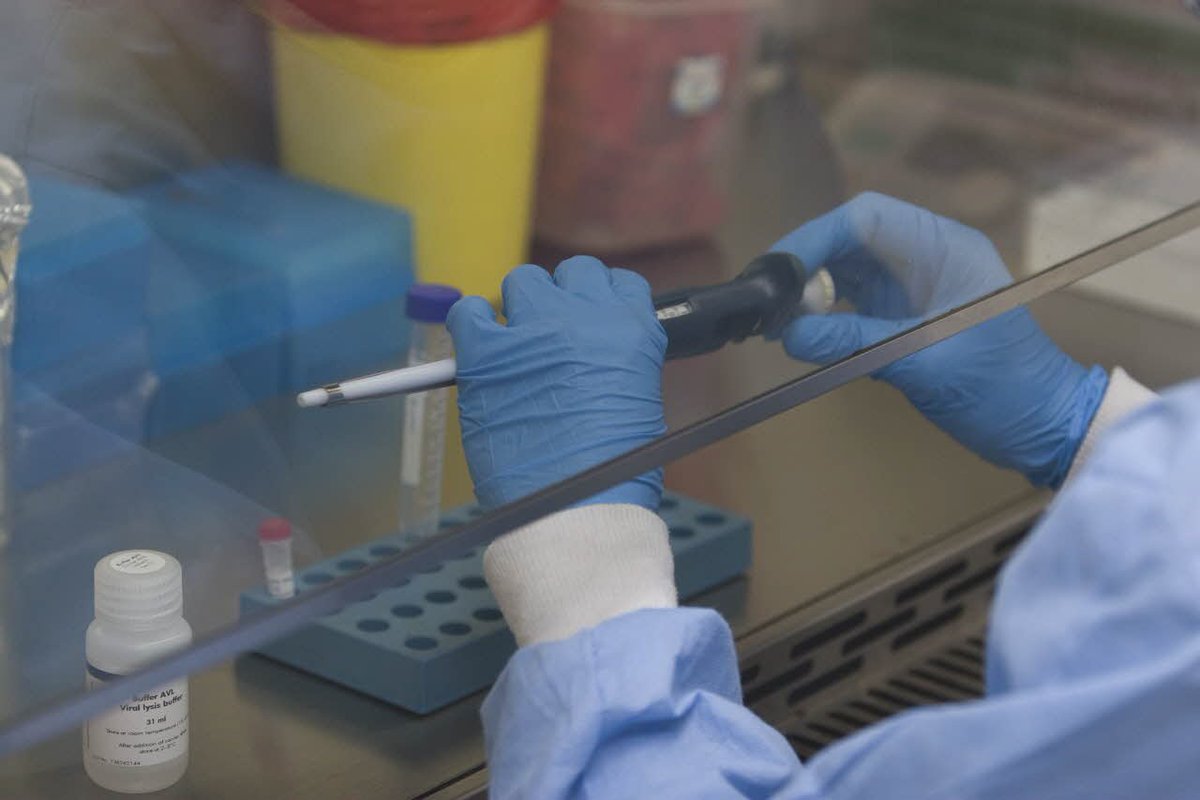
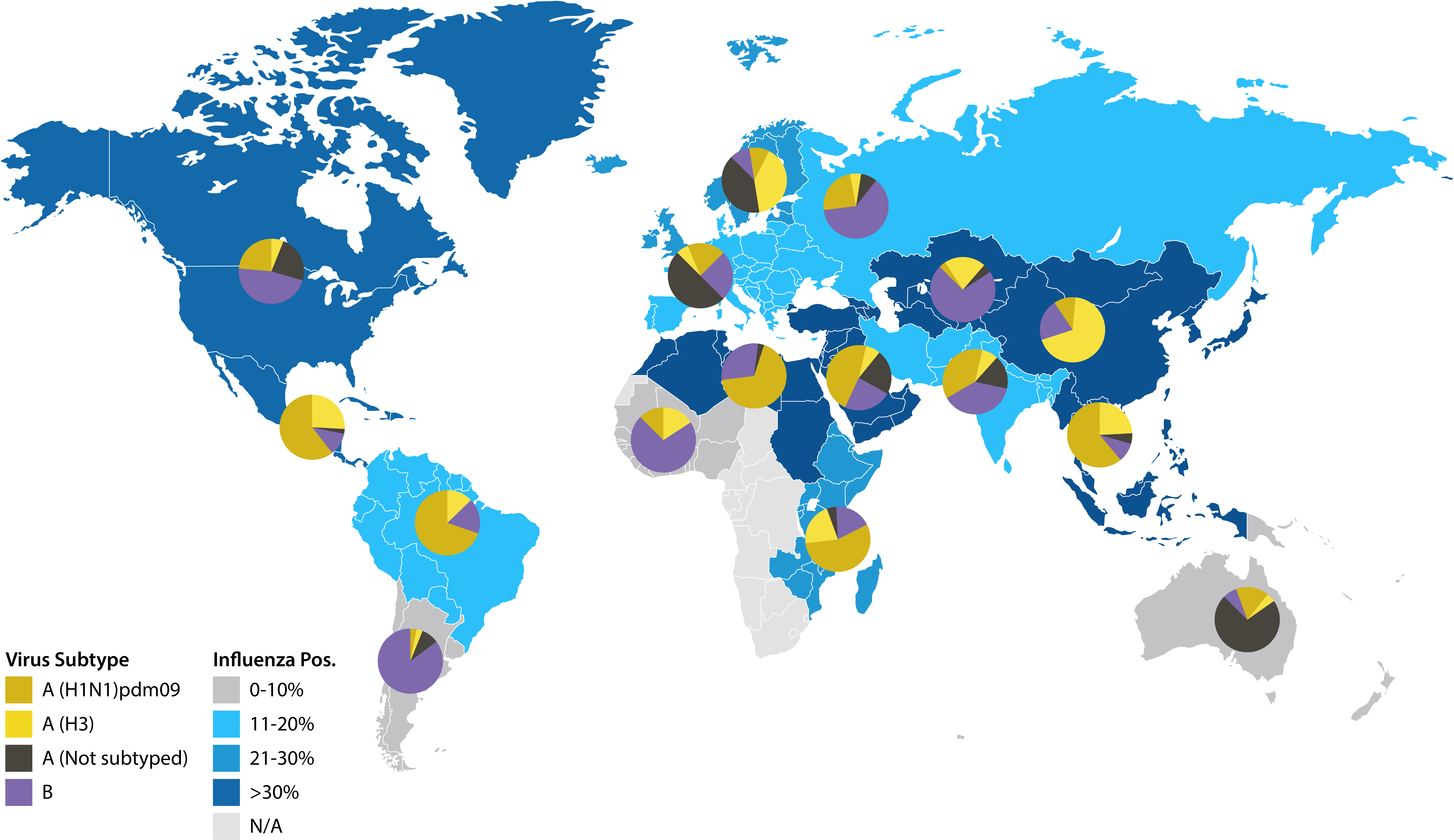

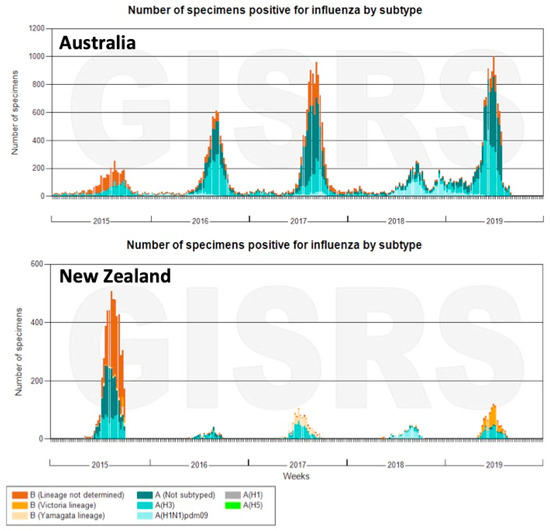




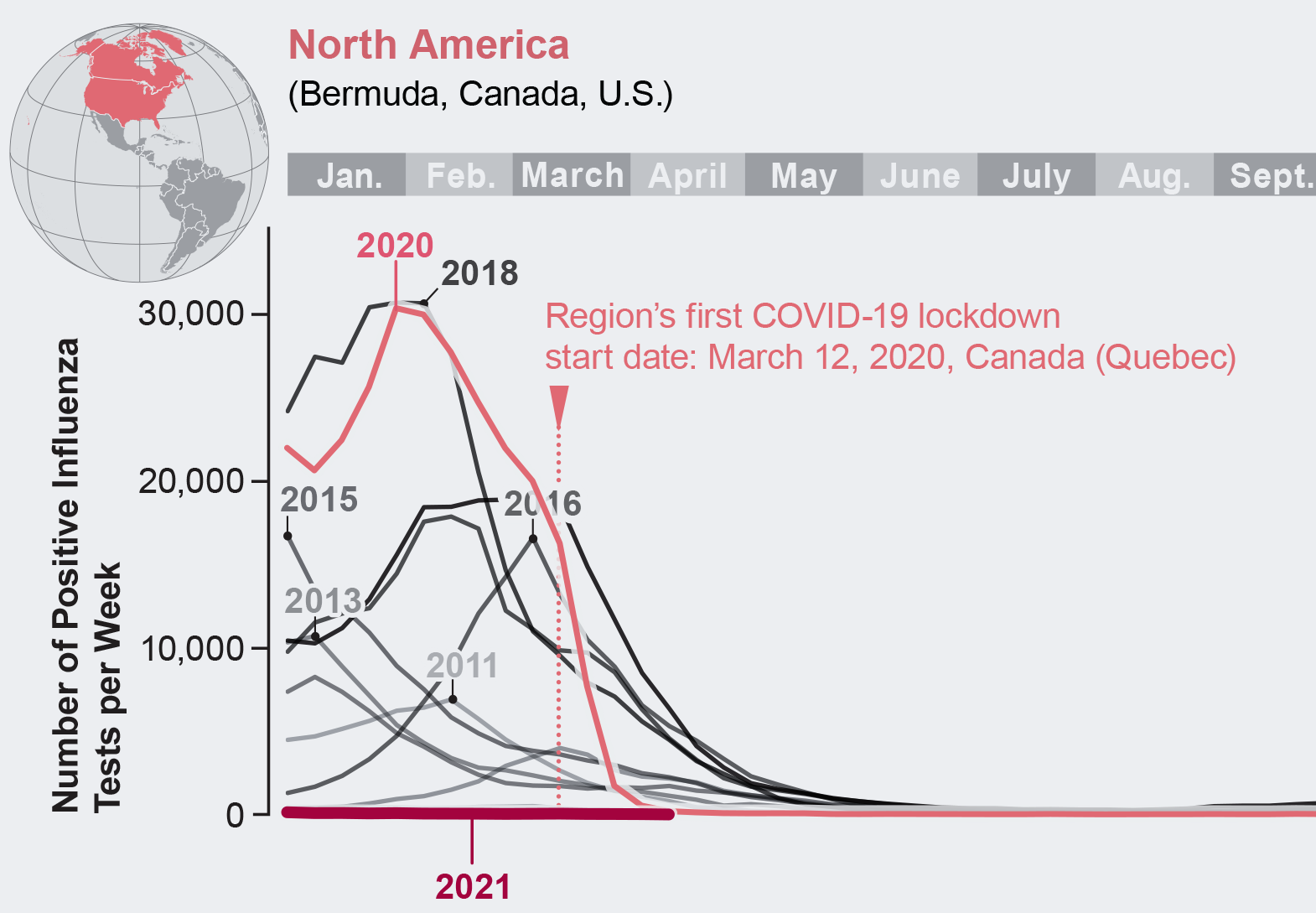




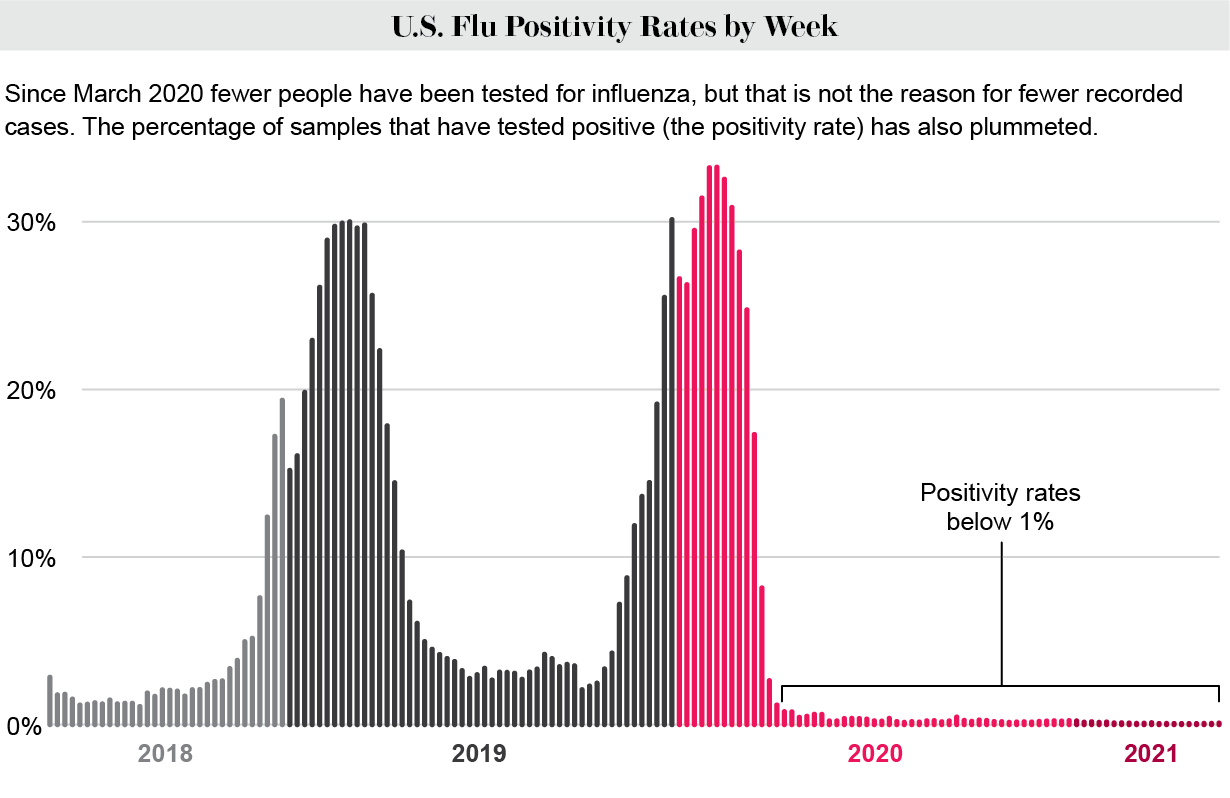
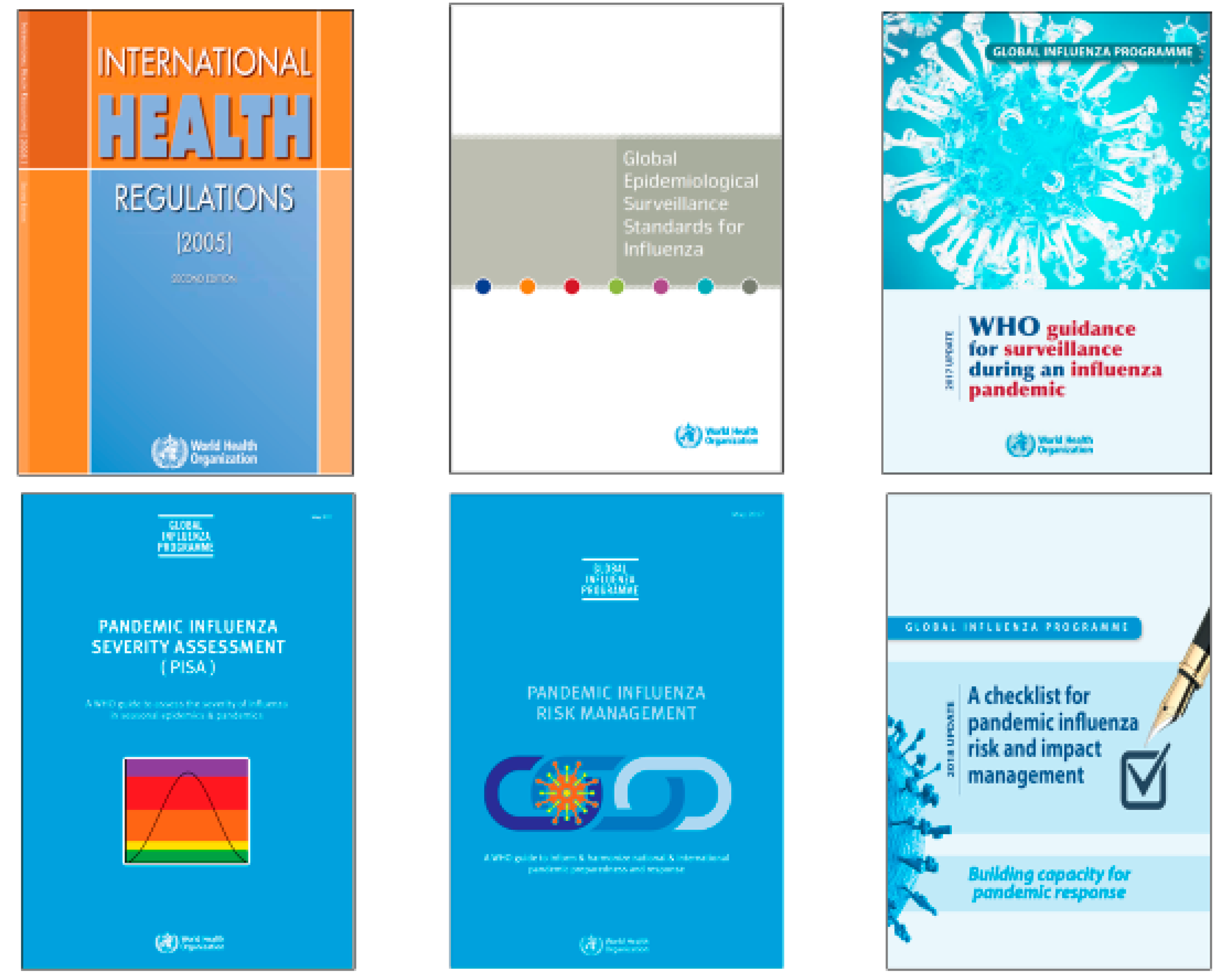

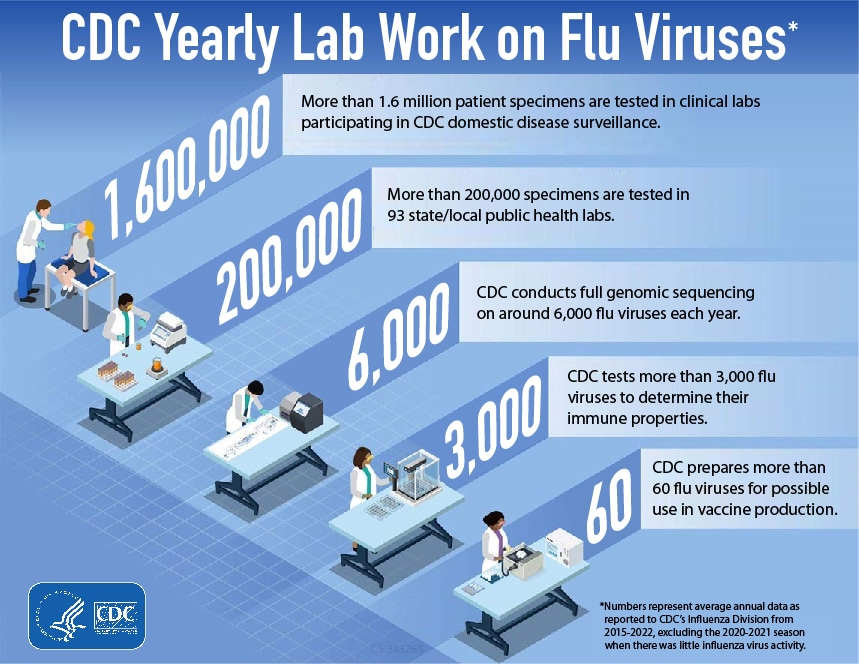
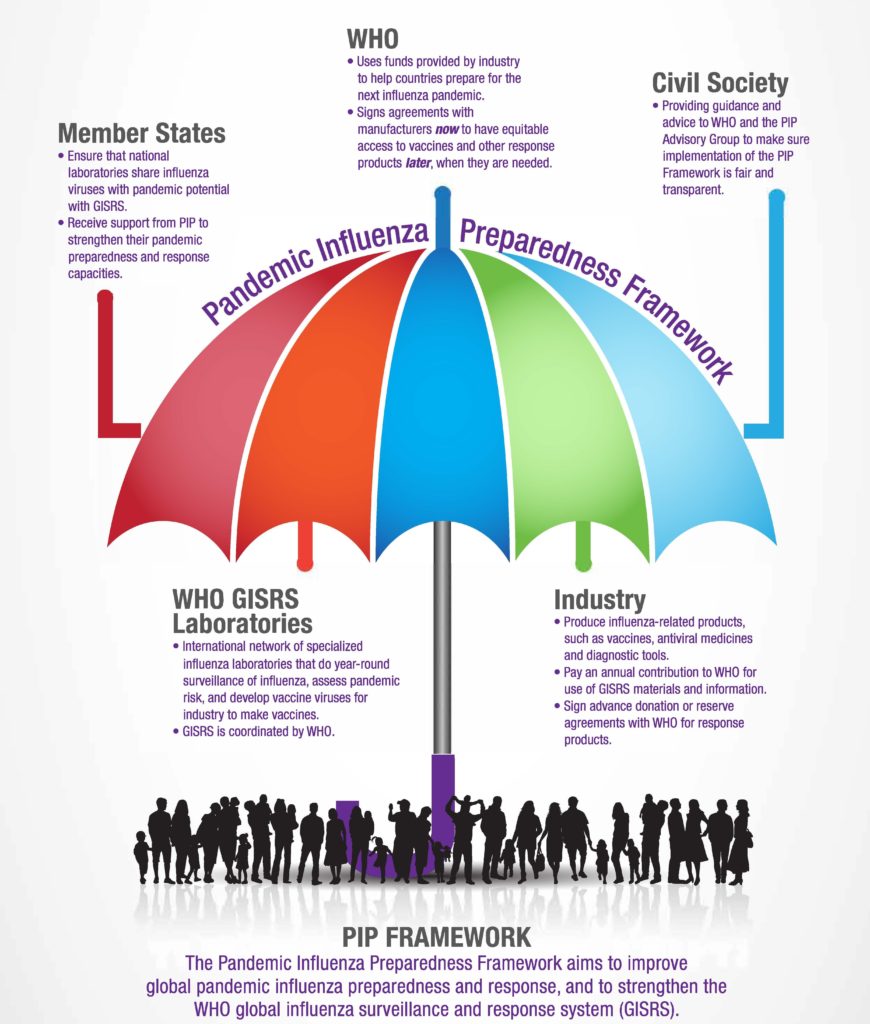


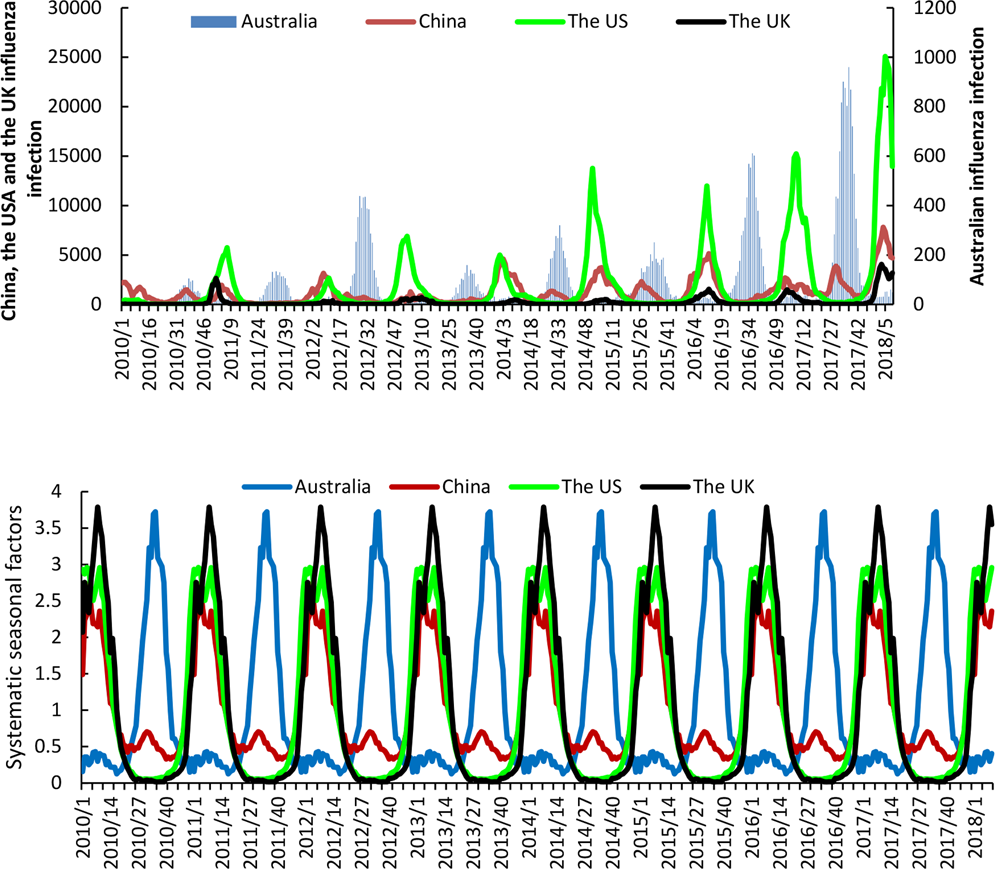


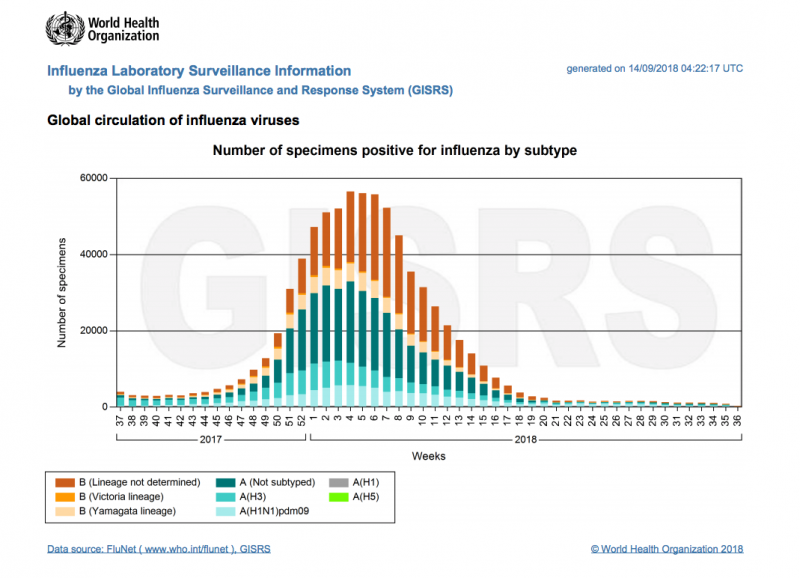
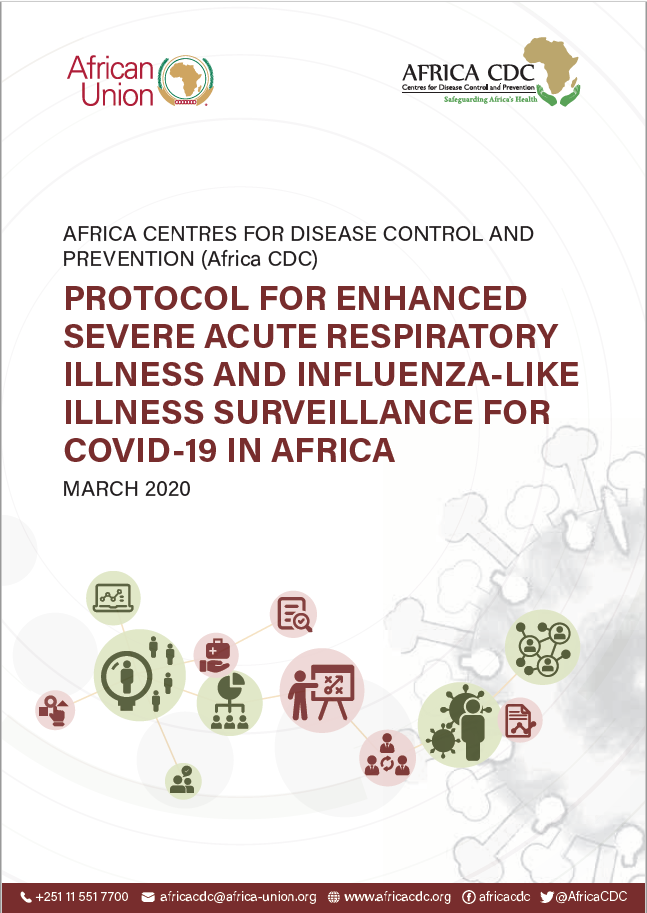
Post a Comment for "Global Influenza Surveillance And Response System"